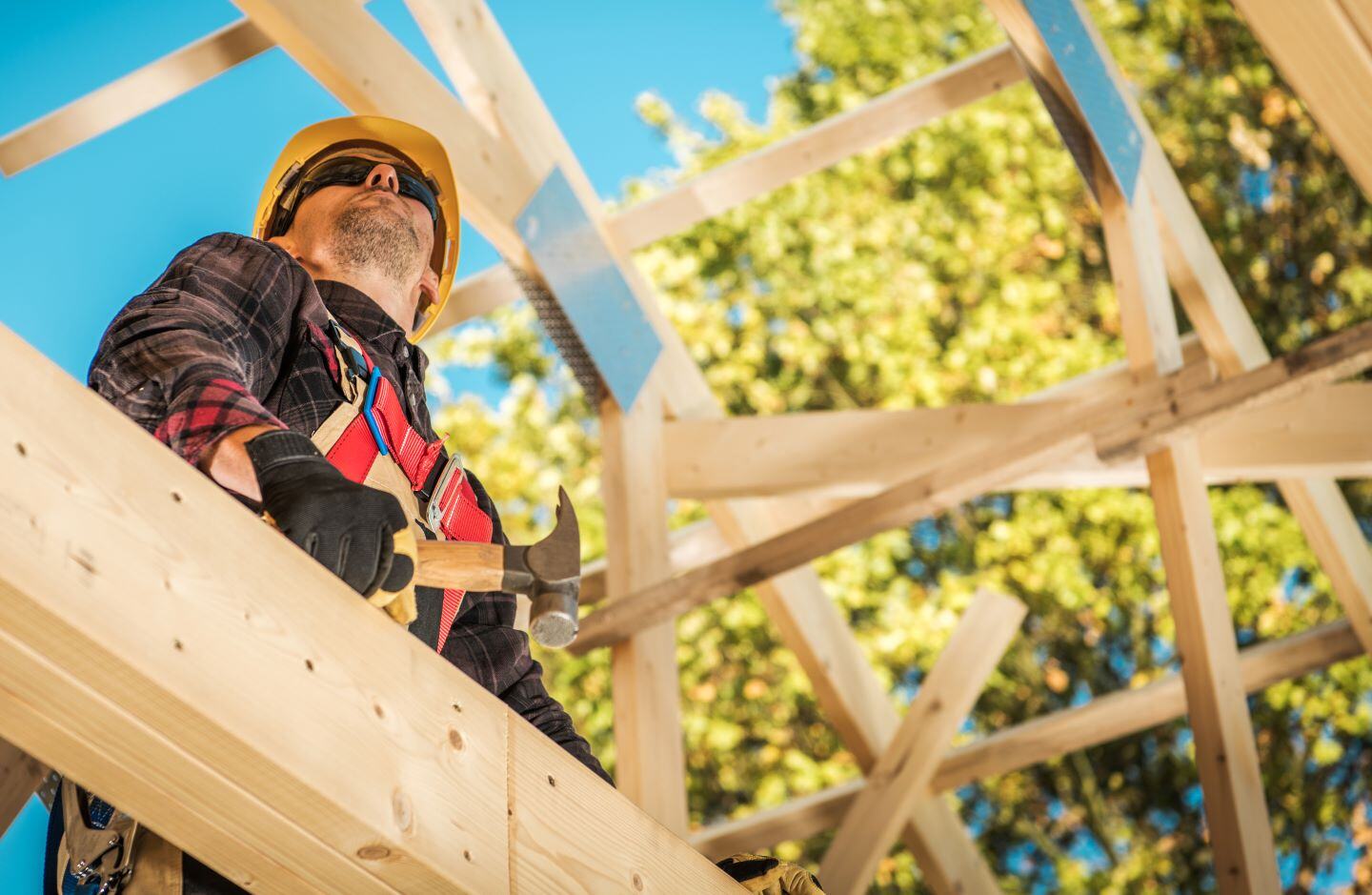UV Smart: Essential Practices for Sun Protection
As we look forward to the summer months and warm sunshine, it is important to keep sun protection in mind, especially if you work outdoors for extended periods. While working outdoors or enjoying outdoor recreational activities, keep yourself safe from sun overexposure to avoid sunburn and heat exhaustion.
The effects of UV radiation
A sunburn is the result of ultraviolet light (UV) radiation on the skin. UV light beams down on us every day, no matter the season, so it’s important to stay safe in all weather conditions.
UV rays are more powerful than visible light rays and so powerful they can cause cancer. Sunlight is the main source of damaging UV radiation known to be a contributing cause of skin cancer. Exposure to the sun’s UV radiation is highly preventable; the more time you spend enjoying the sun without UV protection the higher risk of developing skin cancer.
Melanoma is the least common but most dangerous type of skin cancer, striking men harder than women.
In addition to cancer, UV radiation can cause other health issues such as cataracts, eye damage, and premature aging of the skin. When you work in the sun, especially during the spring and summer, you need to minimize the hazards of UV exposure.
Tips to stay protected from UV exposure
Workers need to identify controls on their daily hazard assessment. Some suggestions of controls include:
- Multiply the sun protection factor (SPF) by 10 to know how many minutes you can stay in the sun without burning and reapply or get out of the sun after that time.
- Wear a shirt and long pants to cover most of your skin. Tightly woven material will offer more protection. Wet clothing loses some of its ability to block out the sun’s rays.
- Be sure to protect any exposed skin with sunscreen. Don’t forget your ears and the back of your neck! Use an SPF of 30 or higher and apply 20-30 minutes before heading outside. Reapply every two hours, and more if swimming or sweating.
- Use a UV-blocking lip balm and reapply every two hours. Your lips can sunburn, and skin cancer can also develop on the lips.
- Protect your eyes by wearing your absorbent safety glasses, such as Canadian Safety Association (CSA) approved polycarbonate glasses or safety sunglasses. Even clear safety glasses will decrease your UV exposure.
- Find a shaded area for your lunch or breaks. If possible, head indoors for a short reprieve from the heat and sun.
- Sunscreen should be standard equipment for anyone working outdoors during spring and summer months. Keep a bottle handy in your toolbox.
Examine your skin regularly for any unusual changes such as a spot on the skin that is changing in size, shape or colour. Sunlight doesn’t have to be direct to cause damage. Light reflected off surfaces such as sand, water, concrete, and snow also causes UV exposure.
Weather reports include a UV index, which can give you an idea of how intense the ultraviolet radiation will be under clear skies or clouds. When the index is high (7 or higher), you can get sunburned in just 15-20 minutes. The highest exposure timeframe is between noon and 2pm.
Prioritizing sun protection is essential to maintain healthy skin and reduce the risk of sun related health issues. Sun safety should be a yearlong habit for the benefit of your skin and well-being.

